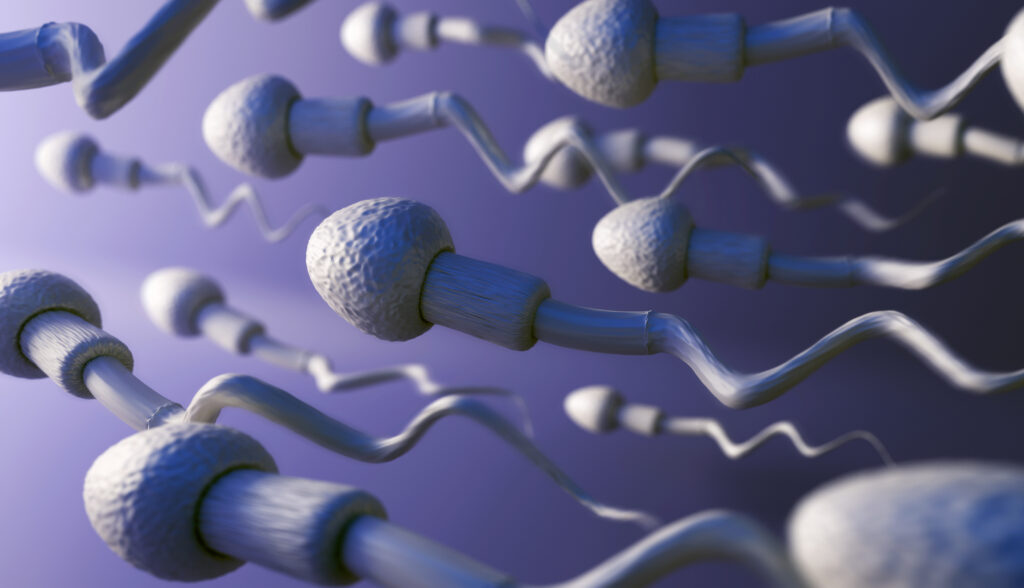Detailed Morphological Analysis of Spermatozoa (using strict Kruger criteria)
Prevent, Protect, Prosper
(using strict Kruger criteria)
Detailed Morphological Analysis of Spermatozoa

The strict Kruger criteria set the standard for detailed sperm morphology assessment, focusing on the shape and structure of spermatozoa. This evaluation is performed using special staining techniques and high-resolution microscopy. Each sperm is analyzed for normal structure or defects in the head, neck, or tail, and their percentage distribution is calculated. A single sperm can exhibit multiple abnormalities.
Under normal physiological conditions, the male reproductive system produces some defective sperm. However, sperm with normal morphology have a higher likelihood of successful fertilization, whether naturally or through assisted reproductive techniques. More than 14% morphologically normal sperm indicate high fertilization potential, while a range of 4-14% suggests reduced fertility. Values of 0-3% reflect severe abnormalities and significantly impaired fertilization capability.
In addition to Kruger’s strict criteria, the WHO has established widely used guidelines for sperm analysis, considering men with at least 4% normal sperm morphology as having a chance for fertilization. The Kruger test is particularly useful for men with seemingly normal sperm morphology but unexplained infertility.
